8.7 Appendix
8.7.1 Derivations for Section 8.4.2Derivation of (8.34)Equation 8.132 Derivation of (8.38)Equation 8.133 Derivation of (8.40)Equation 8.134 Equation 8.135 ( e k is a K -dimensional vector with all-zero entries except for the k th entry, which is 1.) 8.7.2 Derivations for Section 8.4.3Derivation of (8.56)Equation 8.136 Derivation of (8.59)Equation 8.137 Derivation of (8.61)Equation 8.138 Equation 8.139 Derivation of (8.62)Equation 8.140 Equation 8.141 Derivation of (8.63)Equation 8.142 8.7.3 Proof of Proposition 8.1 in Section 8.5.2Note that Equation 8.143 The numerator in (8.143) is the target distribution, and the denominator is the sampling distribution from which Z t was generated. Hence, for any measurable function h ( ·), we have Equation 8.144 Finally note that both (8.90) and (8.91) are special cases of (8.144). 8.7.4 Proof of Proposition 8.2 in Section 8.5.3 In this section we verify the correctness of the residual resampling under a general setting. Let ( Equation 8.145 Furthermore, Equation 8.146 Here we assume that Var { h ( x t ) w t } < |
EAN: 2147483647
Pages: 91
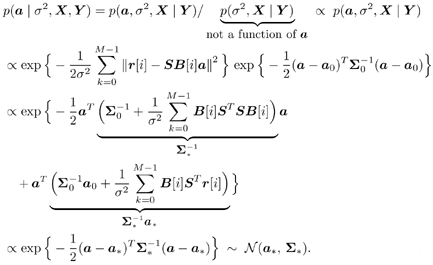



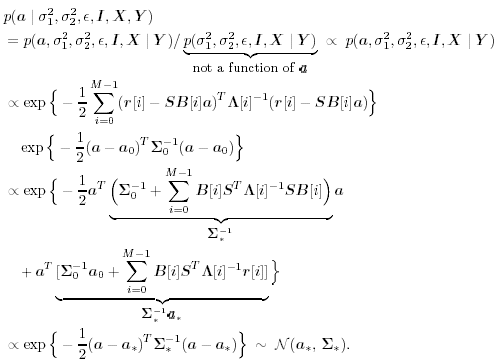
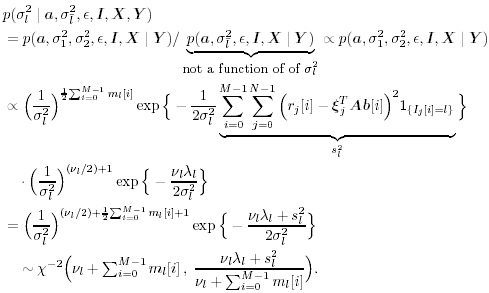
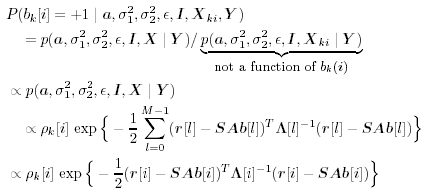

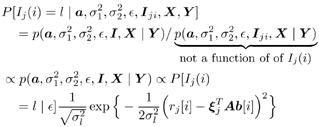

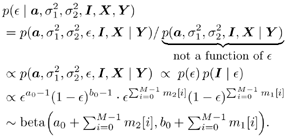
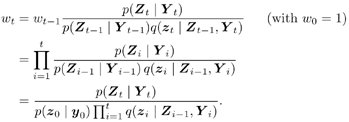

 i.i.d. samples drawn from set
i.i.d. samples drawn from set 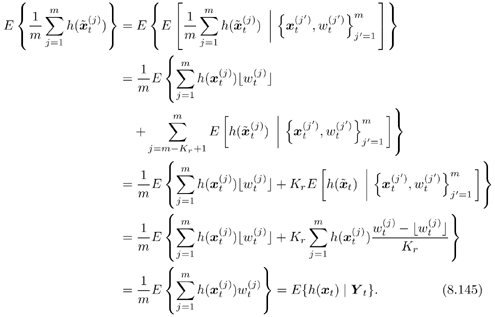
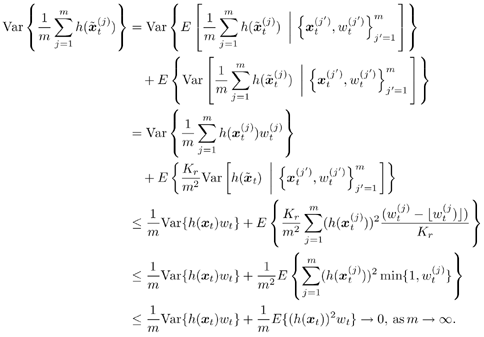
 . Hence,
. Hence,